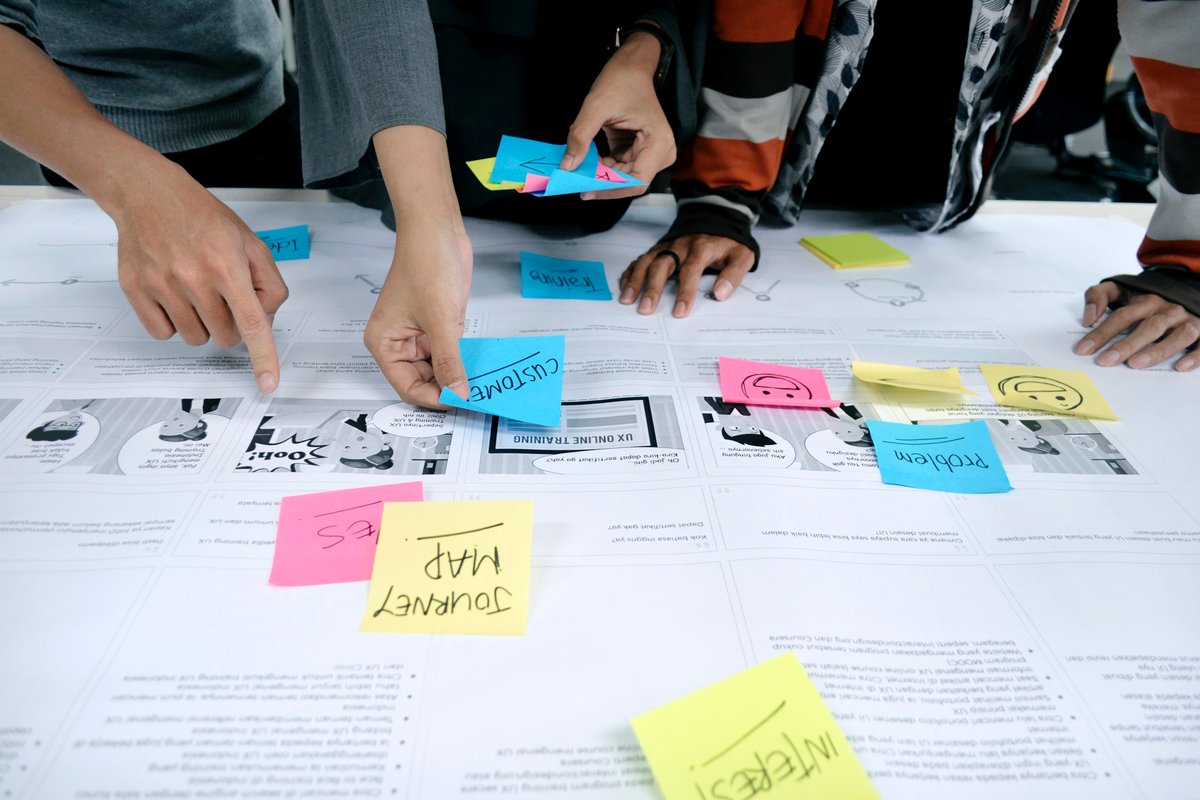Introduction
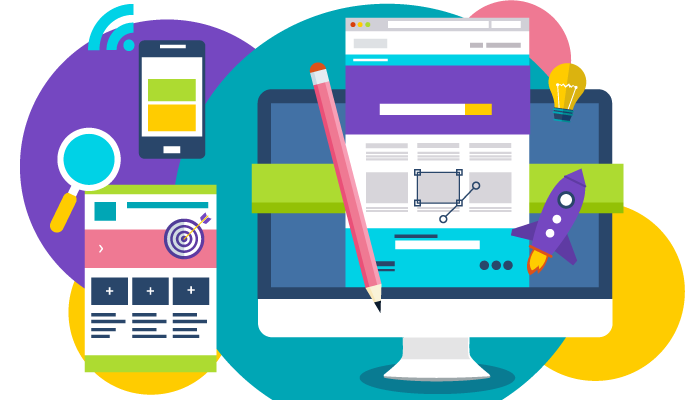
Have you ever stopped to deeply consider your customer? That might sound like an odd question, but many businesses think about their process of getting the product or service to their customers, their own journey, but haven't though about the process that the customer undertakes from the moment they recognise they have an unmet need, until they act on it, purchase, review and the whole cycle begins again. The customer journey is important as not only does it help you to identify crucial details about who your customer is, it allows you to build your own digital strategy from the product development phase through marketing funnels to the all-important raving endorsement post purchase.
You can ideally do the customer journey mapping before you launch a product or service, but lets be real, many businesses create something they are passionate about, share with others and build from there, so there is always time, especially when you have some actual customers to base your hypothesis on, to do this process. Knowing the customer and their journey is a really smart way to get some good intel on the viability of your product and therefore your business survivability. This can be a little confronting if you really love what you are doing and don't want to change. Being agile and able to pivot your product or service is the key to longevity so lets buy the ticket and go on the customer journey route together.

Hello customers
Where does the journey begin for your customer? How do they know what they need, and how do they know you have just the thing to help them. The journey begins with an avatar or persona, where you flesh out the identity of your customer or customers, if you have two or three distinct demographics. The persona is where you build your customers needs, fears, motivations, life goals. You give them a name, an age, a location, an educational status, anything you think of that will really allow you to know that person. Write it down, you can use a template like this one, find a photo that looks like who you are creating. Every business will benefit from this process, no matter what sector, and if you've never done it for your business, you can really challenge and pressure test some of your assumptions. Whatever you discover will be brilliant for your business and honing your marketing messages.
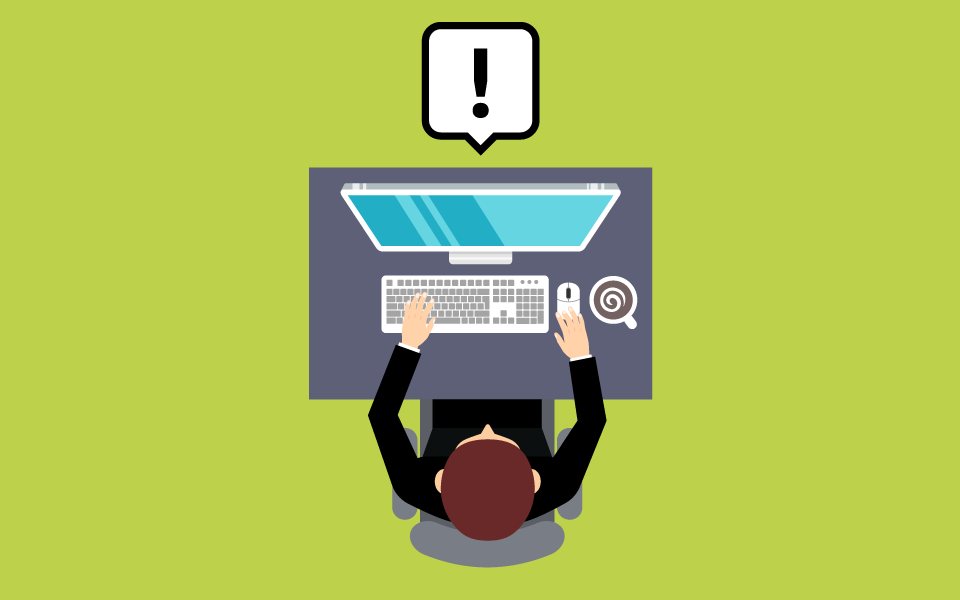
Where does it hurt?
This is a big question at the beginning of your journey mapping, what is the pain point you are solving for you customer? It doesn't mean a literal pain, but a metaphoric one, and that pain has to be strong enough to motivate them to do something that results in a transaction. Pain is relative in this metaphor. The pain of wanting a new car, a holiday, a bucket of fried chicken or a new lipstick can be similarly distressing and motivating for the customer, depending on their drivers at the time.
Your job is to understand when that pain becomes so significant that your customer will be motivated into action, and for your brand to be there ready to make them feel so much better. There are almost always more than one way to solve the customer problem, so you need to anticipate what those solutions could be and how yours is superior. You could see this part as a competitor analysis, embrace the competition, and begin to really narrow down those people who want YOUR solution, not just any solution. Now you have a concrete idea of the customer/s and their pain and they way they like to take the pain away, you can begin to map their journey and touchpoints with your products.
The Journey
Customer touchpoints make up the majority of your customer journey map. They are how and where customers interact with and experience your brand. As you conduct research and plot your touchpoints, be sure to include information that addresses elements of action, emotion, and potential challenges across the four phases of awareness, search, purchase/consume and post purchase.
The number and type of touchpoints on your customer journey map will depend on the type of business. For example, a customer’s journey with a services-based company will be inherently different than that of a coffee shop experience. Simply choose the touchpoints that accurately reflect a customer’s journey with your brand. After you define your touchpoints, you can then start arranging them on your customer journey map. If you have a new business, product or service, you can do this using your personas, but nothing beats actual live customers giving you intel to inform your journey, especially those who have already interacted with your brand.
Gather meaningful customer data in any of the following ways:
- Conduct interviews
- Talk to employees who regularly interact with customers.
- Email a survey to existing users
- Monitor discussions about your company that occur on social media
- Leverage web analytics
- Gather Net Promoter Score (NPS) data.
Look for information that references:
- How customers initially found your brand
- When/if customers purchase or cancel
- How easy or difficult they found your website to use
- What problems your brand did or didn’t solve
Collecting both qualitative and quantitative information throughout your research process ensures your business makes data-driven decisions based on the voice of real customers. Here is an example of what a customer journey map can look like, there are plenty of templates and options available online, or you can make your own. This is the one used in the example and the explainer video of how to build it. Don't forget to look for opportunities to harvest data from your customers whenever you can, you don't need to wait to send out a survey, especially if you are interacting with your customers IRL, you can ask 'how did you find us' or other useful questions about their route to you and build up anecdotal information in real time.
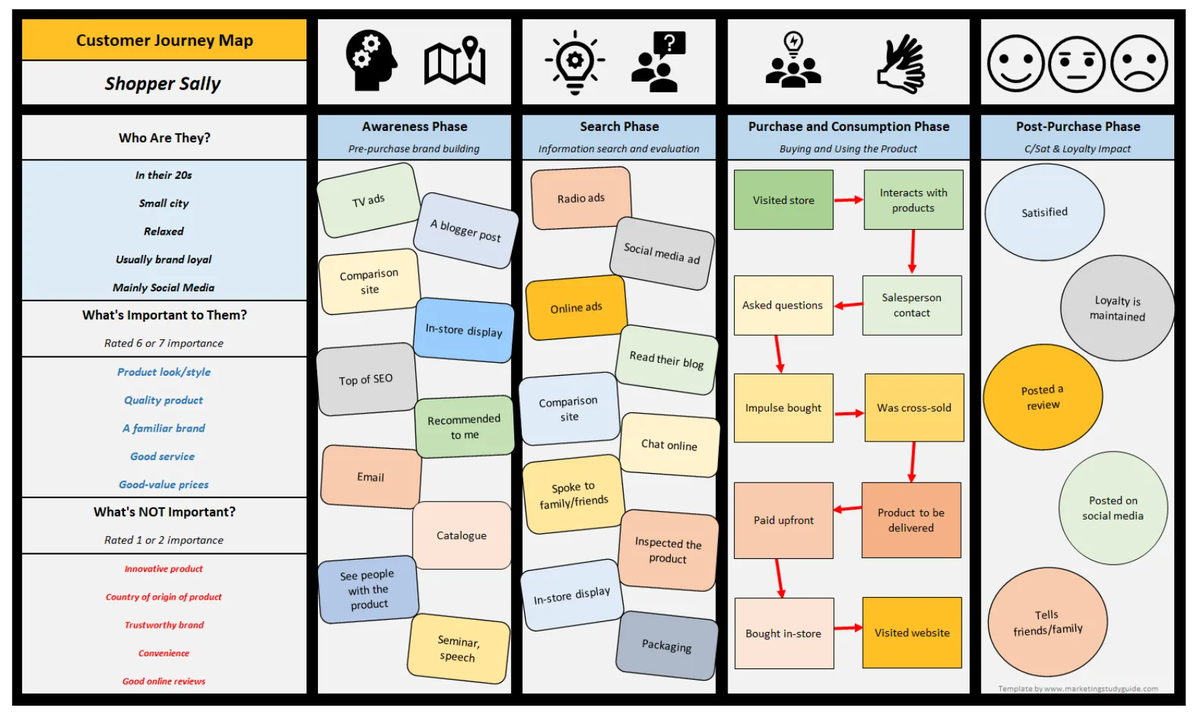
Mapping to Marketing
Once you know the moves of your customer, now you can start aligning their journey with your marketing strategy. Depending on what is revealed through your research and mapped out, you can see whether they use blogs, influencers, online stores and are largely digital, or prefer an local in-store experience with strong customer care or a combo of both. When you know what sites they visit, what social channels they are active on, what types of demographics they have, what groups they move in, where they glean their trusted information you have much more information to be able to craft a marketing plan or funnel that really personalises their customer journey. Personalisation is a key part of marketing, communicating and connecting with you potential and current customers, and acknowledging the elements of the customer journey powerfully builds that relationship.
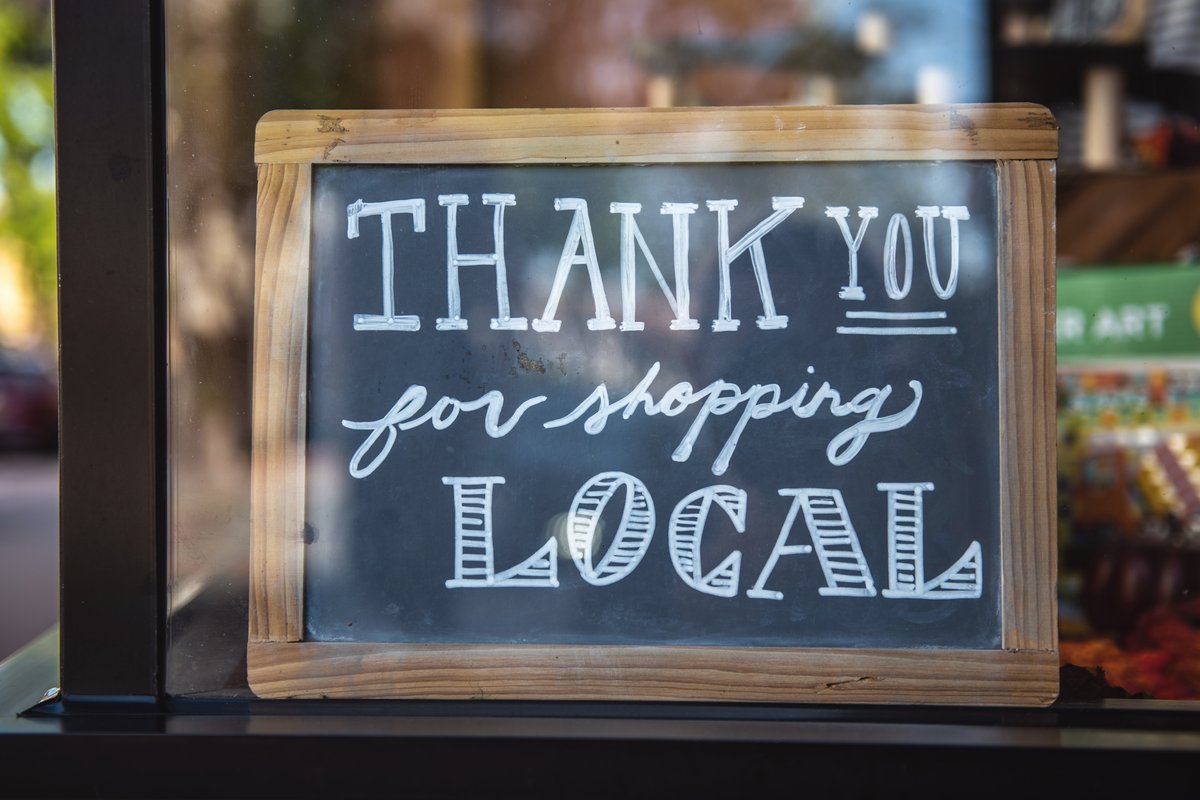
The end of the journey, or is it?
As your business, products, and offerings grow and evolve, so will your customers needs. The customer journey is not a static once and done moment, it is an iterative piece of work that can be revisited over time to look at new trends, include new channels for conversation and touchpoints, new products and services and generally change as it impacts your business (COVID anyone). Don't dismiss the end part of the cycle where the customer is post purchase. This is especially important to capture their experiences, reviews and endorsements to share with others to support their choices along the customer journey.
